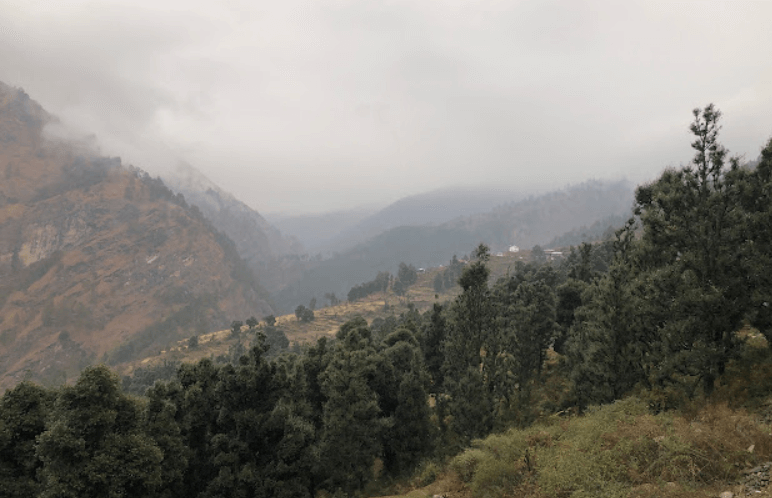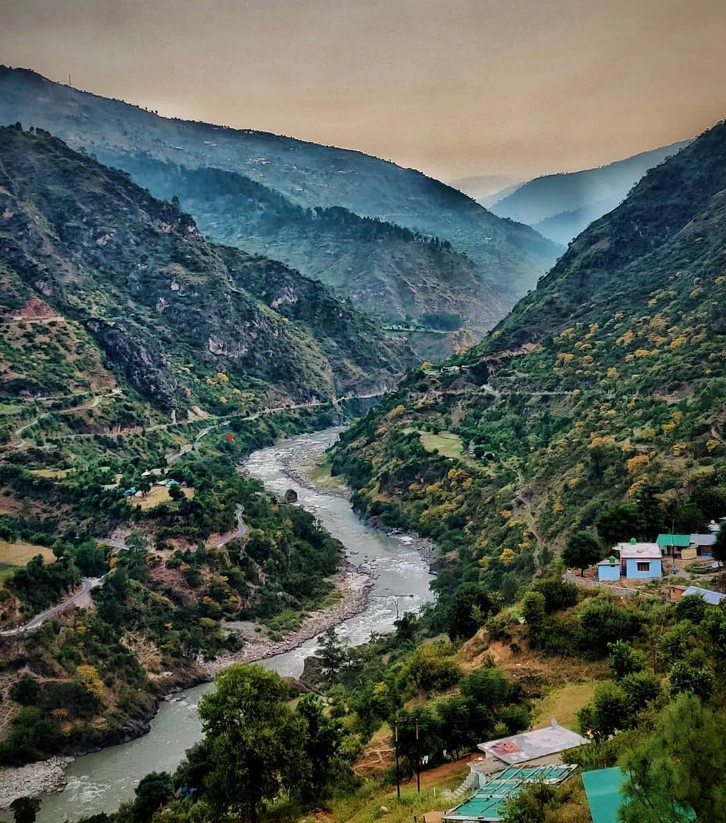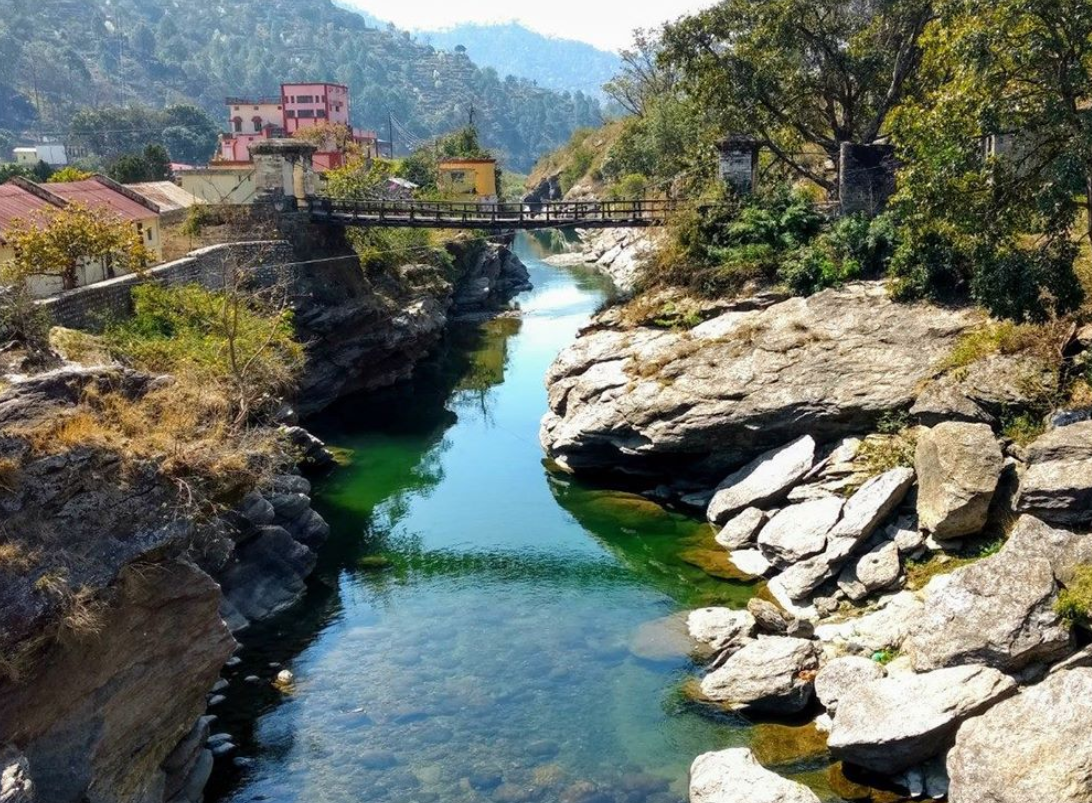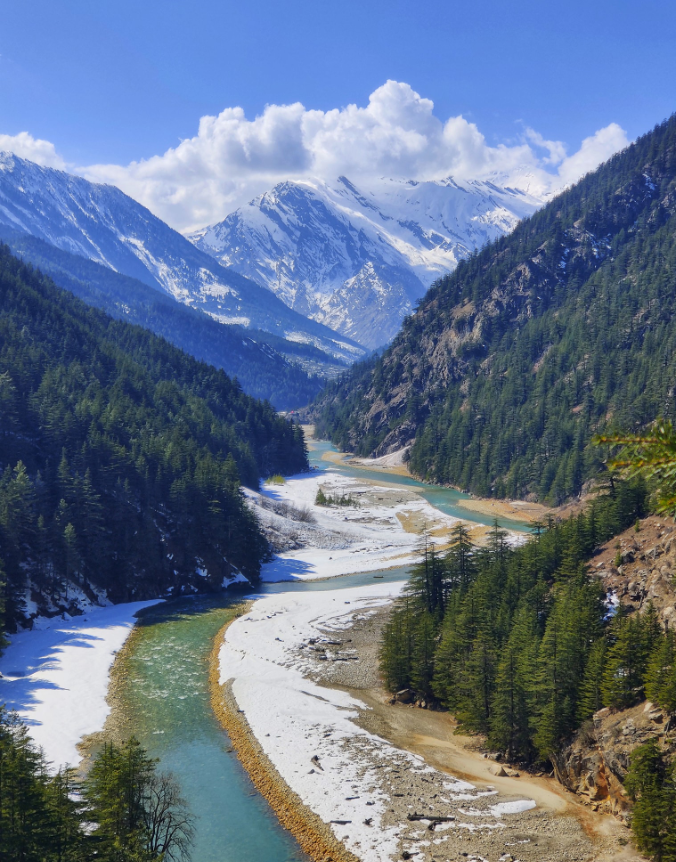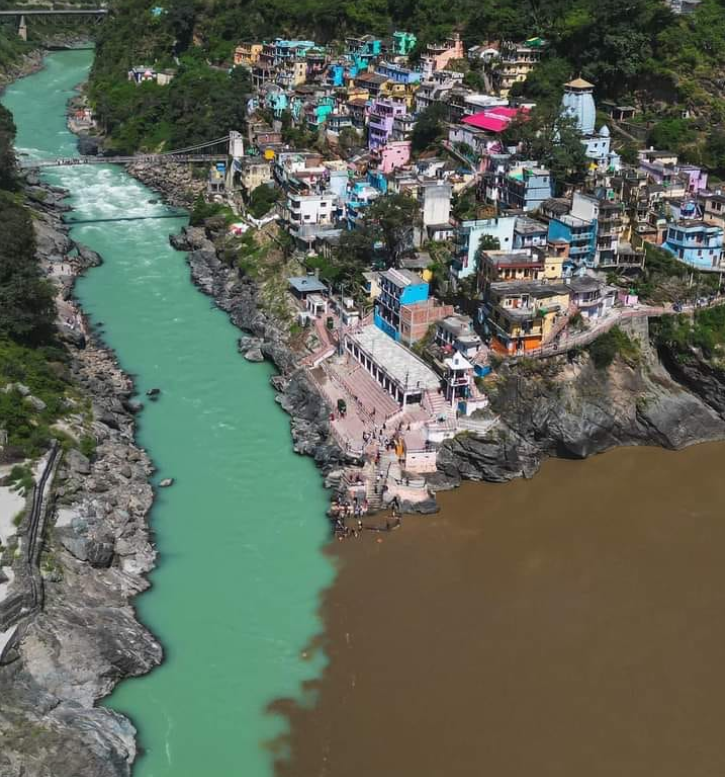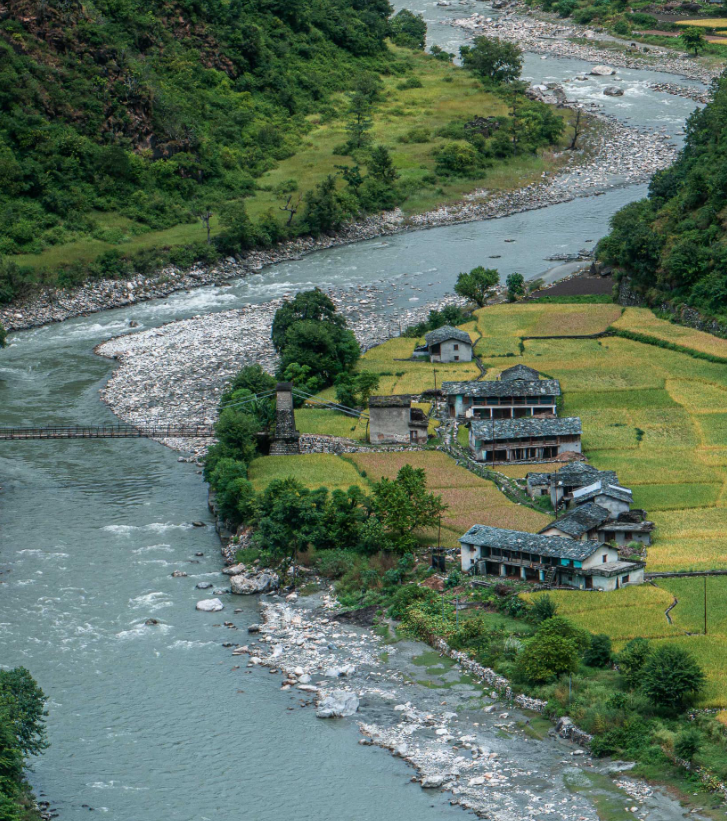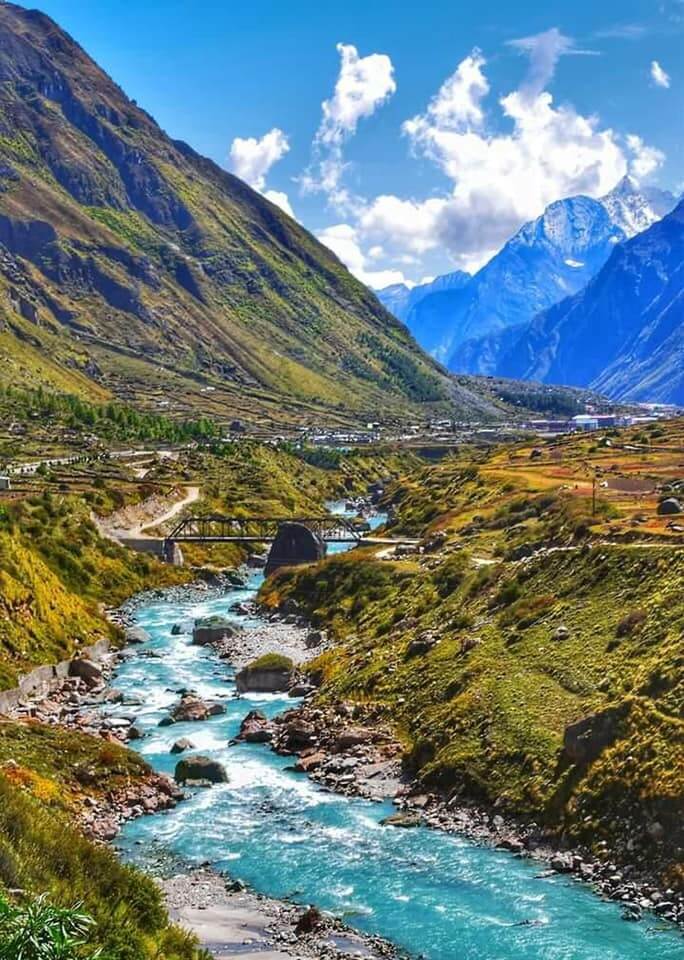The Ganga River, also known as the Ganges, holds immense cultural, spiritual, and economic significance in India. It originates from the Gangotri Glacier in the Himalayas and flows through northern India, covering a distance of over 2,500 kilometers before emptying into the Bay of Bengal. The river passes through several major cities, including Haridwar, Allahabad, Varanasi, and Kolkata.

Key Points About Ganges
The Ganges, or Ganga, is one of the most significant rivers in the world, revered by millions of people in India and Bangladesh. Here are some key points about the Ganges:
Geography: The Ganges originates from the Gangotri Glacier in the Indian state of Uttarakhand and flows through the Gangetic Plain of North India into Bangladesh, where it empties into the Bay of Bengal.
Length: The river is about 2,525 kilometers (1,569 miles) long, making it one of the longest rivers in Asia.
Spiritual Significance: The Ganges holds immense religious significance in Hinduism. It is believed to be a goddess, Ganga, descending from heaven to Earth to cleanse the sins of mankind. Many Hindu rituals and ceremonies involve the use of Ganges water.
Cultural Importance: The river is not just a religious symbol but also a cultural icon. It has inspired poets, writers, and artists for centuries and features prominently in Indian literature, art, and music.
Economic Importance: The Ganges Basin is one of the most fertile and densely populated regions in the world. The river supports agriculture, fishing, transportation, and industry, contributing significantly to the economies of India and Bangladesh.
Conservation Efforts: Various governmental and non-governmental organizations are working to clean up the Ganges and restore its ecological balance. Initiatives include the construction of sewage treatment plants, promotion of eco-friendly cremation practices, and public awareness campaigns.
Wildlife: The Ganges supports a diverse array of aquatic life, including several endangered species such as the Ganges river dolphin, Gharial crocodile, and various species of turtles and fish. Conservation efforts are also directed towards protecting these species and their habitats.
Overall, the Ganges River holds immense cultural, spiritual, and economic significance for the people of South Asia, but it also faces significant challenges that require concerted efforts to address.
Mythology About Ganga River
The Ganga River holds immense mythological significance in Hinduism. According to Hindu mythology, the origin of the Ganga lies in the heavens, and it descended to the earth to fulfill a mission. Here are some key myths associated with the Ganga River:
Descent of the Ganga (Ganga Avatarana): The most famous mythological story about the Ganga is its descent to earth. King Bhagiratha, an ancestor of Lord Rama, performed intense penance to bring the Ganga down to earth to cleanse the souls of his ancestors. His penance pleased Lord Brahma, who granted his wish but warned that the force of Ganga’s fall would be too great for the earth to bear. So, Lord Shiva agreed to break her fall with his hair, and the river descended gently from his locks, flowing through the Himalayas and onto the plains.
Ganga as a Purifier: In Hindu belief, the waters of the Ganga are considered sacred and purifying. Bathing in the Ganga is believed to cleanse one of sins and facilitate moksha (liberation from the cycle of birth and death). It’s also believed that the ashes of the dead scattered in the Ganga can help the departed souls attain salvation.
Ganga as a Goddess: The Ganga is personified as a goddess, Ganga Devi or Ganga Ma. She is often depicted as a beautiful woman riding on a crocodile or seated on a lotus, holding a water pot or a branch of a tree. She is revered as a mother figure and worshipped by millions of Hindus.
Rivers In Uttarakhand
How To Reach Sankri
Sankri is a picturesque village located in the Uttarkashi district of the Indian state of Uttarakhand. It serves as a…
Tons River
The Tons River, also known as the Tamsa River, is one of the important tributaries of the Yamuna River in…
Ramganga River
The Ramganga River is a significant watercourse in northern India, primarily flowing through the state of Uttarakhand. It originates from…
Bhagirathi River
The Bhagirathi River is one of the main tributaries of the Ganges River, which holds immense cultural, religious, and ecological…
Alaknanda River
The Alaknanda River is one of the two main headstreams of the Ganges River, the other being the Bhagirathi River….
Yamuna River
The Yamuna River holds immense cultural, historical, and ecological significance in India. It is one of the major rivers of…
Saraswati River
The Saraswati River, named for the Wisdom Goddess, originates in Uttarakhand and is a tributary of the Alaknanda River. At…
How To Reach Ganga River
Reach Uttarakhand: If you’re coming from outside Uttarakhand, you’ll first need to reach the state. You can do this by air, rail, or road. The nearest airport is in Dehradun, the capital city of Uttarakhand. You can also reach Uttarakhand by train or by road from major cities like Delhi.
Choose a Destination: Uttarakhand has several towns and cities along the Ganga River. Some popular destinations include Rishikesh, Haridwar, Devprayag, and Gangotri. Depending on your interests and itinerary, you can choose the destination that suits you best.
Transportation to Your Chosen Destination: Once in Uttarakhand, you can use various modes of transportation to reach your chosen destination along the Ganga River. Buses, taxis, and shared jeeps are common modes of transport. If you’re going to Rishikesh or Haridwar, you’ll find frequent bus and train services from major cities.
Explore: Once you reach your destination, you can explore the Ganga River and the surrounding areas. Depending on where you are, you can take part in activities like river rafting, temple visits, or simply enjoy the serene beauty of the river.

